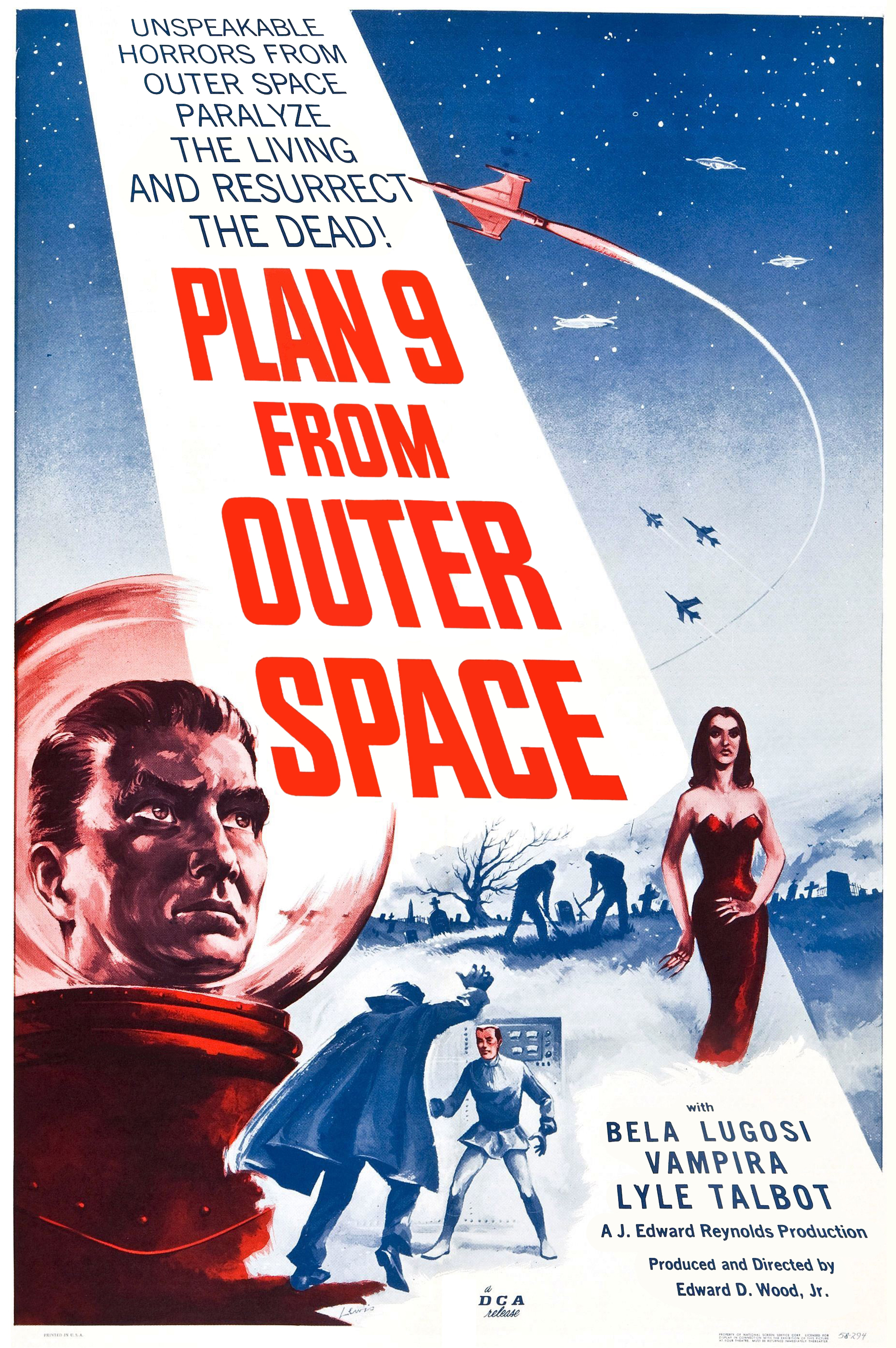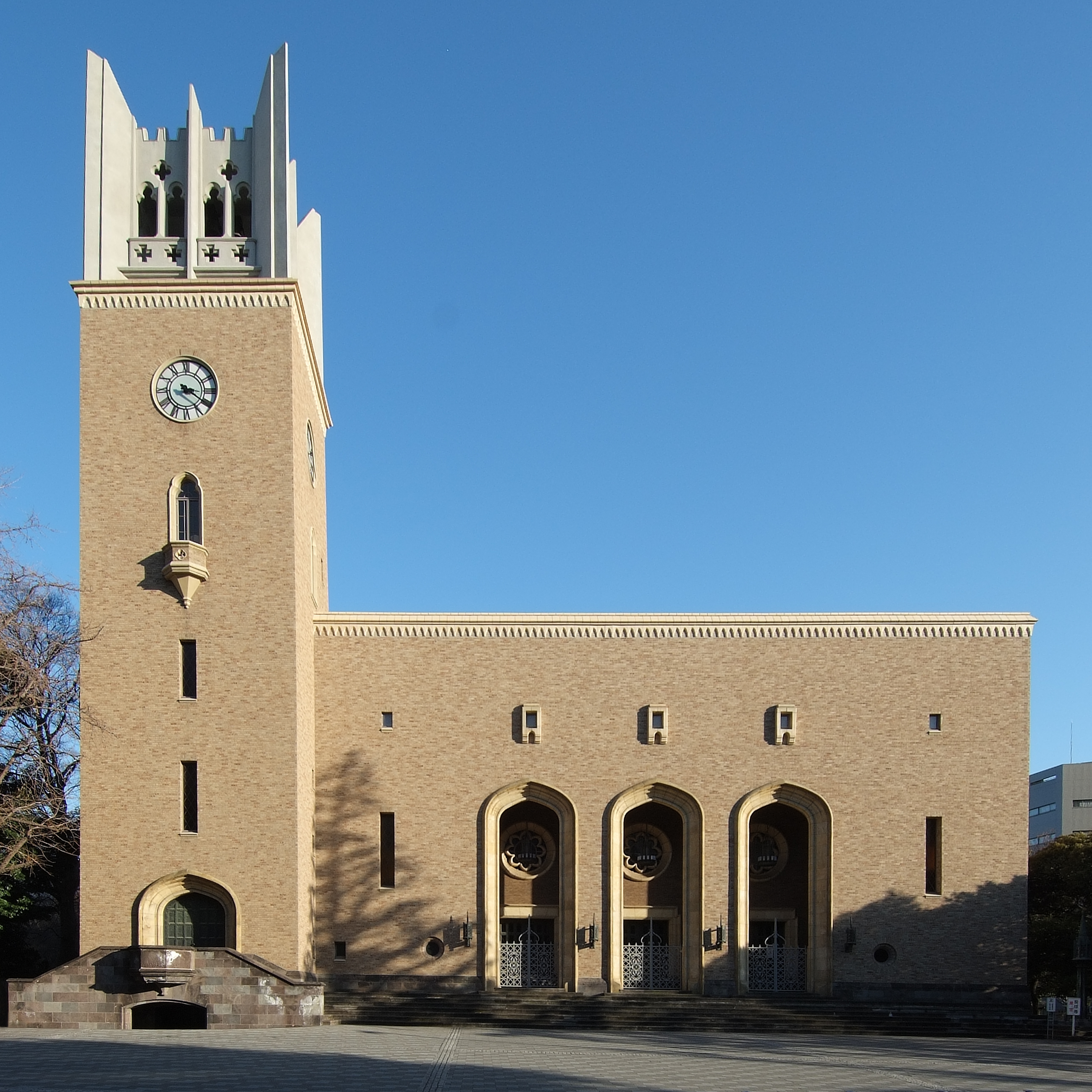|
Yoshiyuki Fukuda
is a Japanese playwright, screenwriter, and director. Remembered as one of the founding figures of the ''Angura'' ("underground") theatre movement in Japan, Fukuda also served as chairman of the Japan Directors Association from 2003 to 2007. Early life Yoshiyuki Fukuda was born Taizō Kōnosu in the Nihonbashi district of Tokyo on October 21, 1931. After graduating from Azabu High School, he enrolled at the University of Tokyo where he graduated with a degree in French literature in 1954. While still in school, he co-wrote a play with playwright Asaya Fujita and staged it at the 1953 May Festival. After graduating, Fukuda briefly worked as a reporter for the Tokyo Times newspaper before joining the Mingei Theatre Company as an assistant director, later branching out into play writing under the guidance of his mentor Junji Kinoshita. Shingeki and Angura As a member of the ''Shingeki'' ("new theatre") movement, Fukuda's early works adopted a socialist realist stance, as reflect ... [...More Info...] [...Related Items...] OR: [Wikipedia] [Google] [Baidu] |
Nihonbashi
is a business district of Chūō, Tokyo, Japan which grew up around the bridge of the same name which has linked two sides of the Nihonbashi River at this site since the 17th century. The first wooden bridge was completed in 1603. The current bridge, designed by Tsumaki Yorinaka and constructed of stone on a steel frame, dates from 1911. The district covers a large area to the north and east of the bridge, reaching Akihabara to the north and the Sumida River to the east. Ōtemachi is to the west and Yaesu and Kyobashi to the south. Nihonbashi, together with Kyobashi and Kanda, is the core of Shitamachi, the original downtown center of Edo-Tokyo, before the rise of newer secondary centers such as Shinjuku and Shibuya. History The Nihonbashi district was a major mercantile center during the Edo period: its early development is largely credited to the Mitsui family, who based their wholesaling business in Nihonbashi and developed Japan's first department store, Mitsukoshi ... [...More Info...] [...Related Items...] OR: [Wikipedia] [Google] [Baidu] |
Cult Film
A cult film or cult movie, also commonly referred to as a cult classic, is a film that has acquired a cult following. Cult films are known for their dedicated, passionate fanbase which forms an elaborate subculture, members of which engage in repeated viewings, dialogue-quoting, and audience participation. Inclusive definitions allow for major studio productions, especially box-office bombs, while exclusive definitions focus more on obscure, transgressive films shunned by the mainstream. The difficulty in defining the term and subjectivity of what qualifies as a cult film mirror classificatory disputes about art. The term ''cult film'' itself was first used in the 1970s to describe the culture that surrounded underground films and midnight movies, though ''cult'' was in common use in film analysis for decades prior to that. Cult films trace their origin back to controversial and suppressed films kept alive by dedicated fans. In some cases, reclaimed or rediscovered films ... [...More Info...] [...Related Items...] OR: [Wikipedia] [Google] [Baidu] |
Osaka Castle
is a Japanese castle in Chūō-ku, Osaka, Japan. The castle is one of Japan's most famous landmarks and it played a major role in the unification of Japan during the sixteenth century of the Azuchi-Momoyama period. Layout The main tower of Osaka Castle is situated on a plot of land roughly one square kilometre. It is built on two raised platforms of landfill supported by sheer walls of cut rock, using a technique called burdock piling, each overlooking a moat. The central castle building is five stories on the outside and eight stories on the inside, and built atop a tall stone foundation to protect its occupants from attackers. The Main Tower is surrounded by a series of moats and defensive fortifications. The castle has 2 moats (an inner & outer). The inner castle moat lies within the castle grounds, and consists of 2 types: a wet (northern-easterly) and dry (south-westerly). Outer moat meanwhile surrounds the entire castle premise, denotes the castle's outer limits, a ... [...More Info...] [...Related Items...] OR: [Wikipedia] [Google] [Baidu] |
Sanada Yukimura
, also known as , was a Japanese samurai warrior of the Sengoku period. He was especially known as the leading general on the defending side of the Siege of Osaka. Yukimura was called "A Hero who may appear once in a hundred years", "Crimson Demon of War" and "The Last Sengoku Hero". The famed veteran of the invasion of Korea, Shimazu Tadatsune, called him the . Early life He was the second son of Sanada Masayuki (1547–1611). His elder brother was Sanada Nobuyuki. He was married to Chikurin-in (Akihime), Ōtani Yoshitsugu's daughter and adopted daughter of Toyotomi Hideyoshi. Three other wives of Yukimura were his first wife the daughter/sister of Hotta Sakubei, who lost her status to Chikurin-in; Takanashi Naiki's daughter and Ryūsei-in (a daughter of Toyotomi Hidetsugu). In 1575, the Battle of Nagashino claimed the lives of two of Sanada Masayuki's elder brothers. Masayuki, previously serving Takeda Shingen and Takeda Katsuyori as a retainer, inherited the Sanada clan ... [...More Info...] [...Related Items...] OR: [Wikipedia] [Google] [Baidu] |
Brave Records Of The Sanada Clan
is a Japanese film directed by Tai Kato in 1963. It is a jidaigeki musical film, musical about Sasuke Sarutobi and the Sanada Ten Braves who, under the leadership of Yukimura Sanada, try to defend Toyotomi Hideyori during the Siege of Osaka, siege of Osaka Castle by the Tokugawa shogunate, Tokugawa armies. Yoshiyuki Fukuda helped adapt his own stage play for the screen. Cast * Kinnosuke Yorozuya as Sasuke * Misako Watanabe * Minoru Chiaki: Sanada Yukimura References External links * * Sanada fūunroku' at the Japanese Cinema Database * Sanada fūunroku ' in the database of the National Film Center 1963 films Films directed by Tai Kato Jidaigeki films Japanese musical films Toei Company films Samurai films 1963 musical films Cultural depictions of Sanada clan 1960s Japanese films 1960s Japanese-language films {{musical-film-stub ... [...More Info...] [...Related Items...] OR: [Wikipedia] [Google] [Baidu] |
Minoru Betsuyaku
was one of Japan's most prominent postwar playwrights, novelists, and essayists, associated with the Angura ("underground") theater movement in Japan. He won a name for himself as a writer in the "nonsense" genre and helped lay the foundations of the Japanese "theater of the absurd.""Artist Interview: Minoru Betsuyaku , Performing Arts Network Japan." Artist Interview: Minoru Betsuyaku , Performing Arts Network Japan. Performing Arts Network Japan, 16 Oct. 2007. Web. 01 May 2015. His works focused a lot on the aftermath of the war and especially the nuclear holocaust. Early life Minoru Betsuyaku was born in the Japanese colony of Manchuria in 1937. Betsuyaku's early years were difficult because in addition to experiencing severe deprivation during World War II, his father also died. In July 1946, a year after the sudden Soviet invasion of Manchuria, his mother succeeded in repatriating by ship with her children. Then the family moved to Sasebo in Kyushu and spent two years in ... [...More Info...] [...Related Items...] OR: [Wikipedia] [Google] [Baidu] |
Makoto Satō (theater)
{{hndis, Sato, Makoto ...
Makoto Satō may refer to: *, Japanese actor * Makoto Satō (theatre) (佐藤 信, born 1943), Japanese theater director and playwright *, Japanese film director * Makoto Satō (baseball) (佐藤 誠, born 1975), player for the Fukuoka SoftBank Hawks The are a Japanese professional baseball team based in Fukuoka, Fukuoka Prefecture. They compete in Nippon Professional Baseball (NPB) as a member of the Pacific League. The team was formerly known as the Nankai Hawks and was based in Osaka. ... [...More Info...] [...Related Items...] OR: [Wikipedia] [Google] [Baidu] |
Jūrō Kara
is a Japanese avant-garde playwright, theatre director, author, actor, and songwriter. He was at the forefront of the ''Angura'' ("underground") theatre movement in Japan. Career Graduating from Meiji University, Kara formed his own theatre troupe, Jōkyō Gekijo (Situation Theatre), in 1963. They began performing in a red tent in Hanazono Shrine in Shinjuku in 1967. According to the theatre historian, David G. Goodman, "Kara conceived his theatre in the premodern mold of ''kabuki''—not the sanitized, aestheticized variety performed today, but the erotic, anarchic, plebeian sort performed during the Edo period (1600–1868) by itinerant troupes of actors who were rejected by bourgeois society as outcasts and 'riverbed beggars.' Emulating their itinerant forebears, Kara and his troupe performed throughout Japan in their mobile red tent." Kara won the Kishida Prize for Drama for ''Shojo kamen'' (The Virgin's Mask) in 1969, and the Akutagawa Prize for his novel ''Sagawa-kun kara no ... [...More Info...] [...Related Items...] OR: [Wikipedia] [Google] [Baidu] |
Fourth Wall
The fourth wall is a performance convention in which an invisible, imaginary wall separates actors from the audience. While the audience can see through this ''wall'', the convention assumes the actors act as if they cannot. From the 16th century onward, the rise of illusionism in staging practices, which culminated in the realism and naturalism of the theatre of the 19th century, led to the development of the fourth wall concept. The metaphor suggests a relationship to the mise-en-scène behind a proscenium arch. When a scene is set indoors and three of the walls of its room are presented onstage, in what is known as a box set, the fourth of them would run along the line (technically called the proscenium) dividing the room from the auditorium. The ''fourth wall'', though, is a theatrical convention, rather than of set design. The actors ignore the audience, focus their attention exclusively on the dramatic world, and remain absorbed in its fiction, in a state that ... [...More Info...] [...Related Items...] OR: [Wikipedia] [Google] [Baidu] |
Hikaru Hayashi
was a Japanese composer, pianist and conductor. Hayashi is considered to be one of the most renowned and accomplished Japanese composers of the postwar period. In particular, Hayashi was noted for his choral suite ''Scenes from Hiroshima'' (1958–2001). In exploring the possibilities of Japanese language opera, Hayashi composed more than 30 operas. He was artistic director and resident composer of the Opera Theatre Konnyakuza. His oeuvre also includes symphonic works, works for band, chamber music, choral works, songs and more than 100 film scores. Hayashi was also the author of more than 20 books including ''Nihon opera no yume'' (日本オペラの夢 ''The Dream of Japanese Opera''). In 1998 Hayashi won the 30th Suntory Music Award. Early life Hikaru Hayashi was born in Tokyo on October 22, 1931. He was the cousin of renowned flautist Ririko Hayashi. Hayashi's father was a physician who had graduated from Keiō University Medical School, and had studied in Berlin before ... [...More Info...] [...Related Items...] OR: [Wikipedia] [Google] [Baidu] |
Hideo Kanze
was a Japanese actor and director, who specialized in the Noh form of musical drama. He was the second son of Kanze Tetsunojō VII, a descendant of Kan'ami and Zeami, who founded the Noh movement in the 14th century. Trained alongside his brothers by his father and grandfather, Kanze made his Noh stage debut at the age of three. After World War II ended, Kanze attended the Tokyo Music School, although he dropped out before completing his studies. With his family running one of Japan's five main Noh schools, Kanze was controversially adopted by another school, the Kita group, for 11 years. His activities caused an uproar in the Noh community, and he quit the movement, acting in conventional drama and films. With the help of his older brother, Hisao Kanze, also an actor, Hideo resumed his career in Noh in 1979. On May 2, 2007, Kanze was involved in a serious car accident when his car crashed into the median strip on the Chūō Expressway in Tokyo. An elderly female passenger, beli ... [...More Info...] [...Related Items...] OR: [Wikipedia] [Google] [Baidu] |




